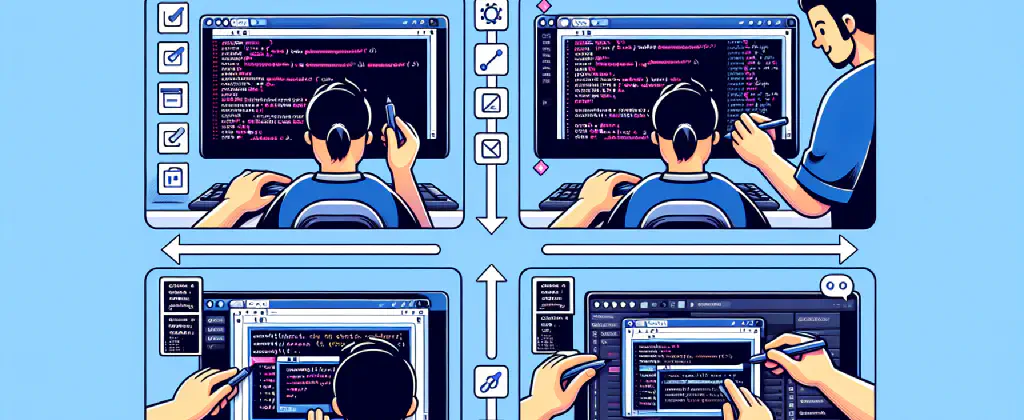14. December 2023
The Power of Screenshots in Documentation

Screenshots are often underestimated when it comes to documentation. Many developers and users tend to rely on textual explanations, assuming that abstract thinking is suitable for advanced learners. However, incorporating screenshots into documentation can greatly enhance the learning experience for users, helping them understand complex concepts more easily and allowing them to visualize the information being presented.
One of the key advantages of using screenshots is that they provide a concrete and tangible representation of the topic being discussed. Concrete examples make it easier for beginners to grasp the concepts and relate them to their real-world context. This is particularly helpful when learning something new, as users can visually connect the text to the program or tool they are trying to understand. For example, Airtable’s API documentation customizes the examples based on the user’s actual table, making the documentation more concrete and relevant.
In addition to aiding comprehension, screenshots also play a vital role in overcoming language barriers. When using software with a different language interface, screenshots can help users locate and navigate through menus and options. For instance, a user learning Photoshop in a different language found screenshots to be invaluable in identifying tools and features when the tutorial was in a language they were not familiar with.
Screenshots also serve as a visual reference, helping users identify discrepancies between the documentation and the actual software interface. With menus and options often shifting in different versions or updates, screenshots can alert users to changes and ensure that they are following accurate instructions. By incorporating screenshots, documentation can become more up-to-date, preventing frustration and confusion for users.
While screenshots are powerful tools for documentation, it is important to consider the context in which they are used. For command-line programs, providing example output, along with the actual command, can greatly assist users, especially those who are less experienced with the tool. Similarly, contextual examples that demonstrate how to navigate through cluttered or minimalist user interfaces can be highly beneficial. By showing users where to navigate and what to expect, screenshots make the learning process more efficient and intuitive.
However, it’s worth noting that screenshots should not be the sole focus of documentation. A balance between concrete examples and textual explanations is necessary to provide a comprehensive understanding of the topic. While screenshots visualize the information, text allows for unambiguous explanations of relationships and provides a more detailed understanding. Both elements are crucial for effective documentation.
In conclusion, screenshots have a significant impact on the usability and effectiveness of documentation. They provide concrete examples, aid comprehension, overcome language barriers, and help users identify discrepancies in the interface. By incorporating screenshots into documentation, developers can create a more engaging and interactive learning experience for users, making it easier to understand and use complex software and tools.
So, the next time you’re creating or using documentation, remember the power of screenshots. They might just be the missing piece that takes your understanding and learning to a whole new level.
Tools for Enhancing Documentation
- Airtable’s API documentation customizes examples based on user’s table: Airtable API Documentation
- Cheat Sheets and Example-driven Documentation:
- bro pages (archived, alternatives recommended: tldr-pages, cheat)
- cheat.sh: a comprehensive collection of cheat sheets for various tools and languages